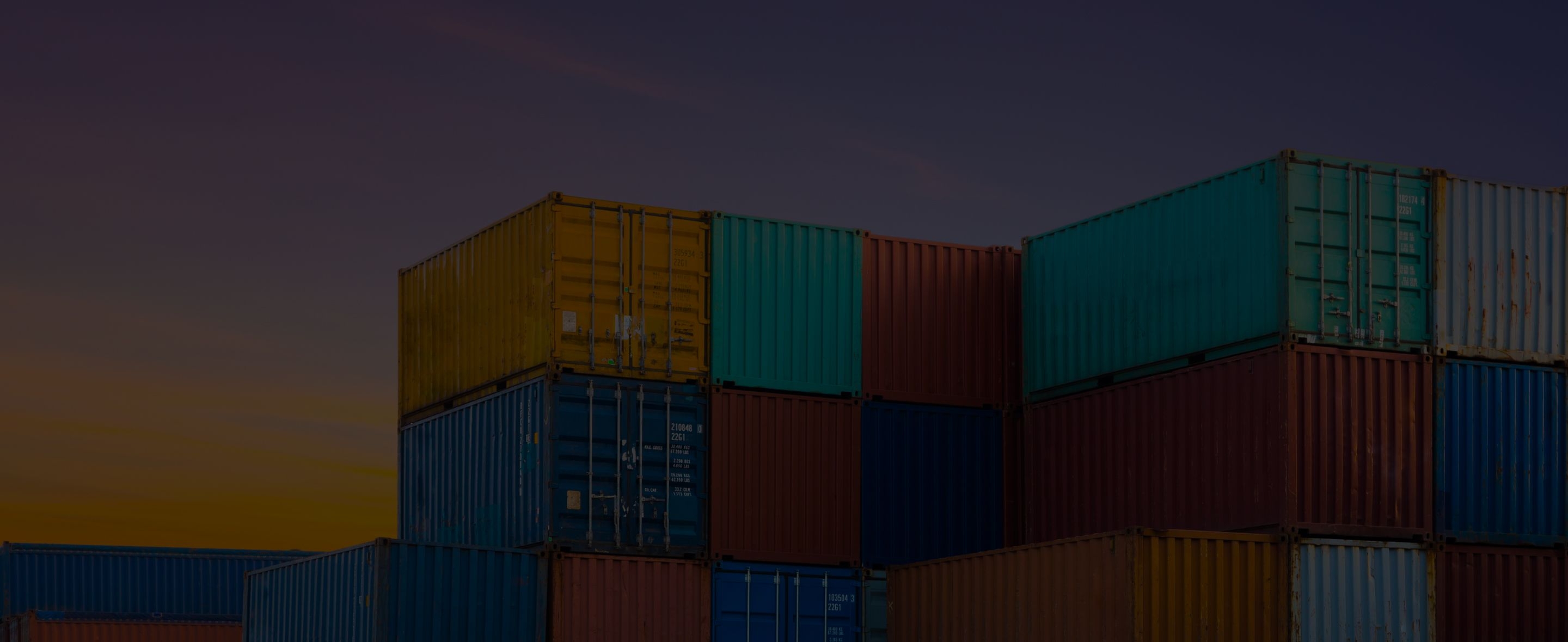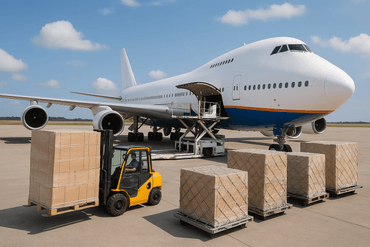
What is TEU? Learn about its history and meaning



What is TEU?
If you are new to the shipping world and are just starting to read up on how this complex and convoluted industry works, be prepared to come across list after list of different ocean freight acronyms.
Before you dive deeper, you should probably familiarize yourself with one of the most basic and common acronyms in shipping: TEU.
What does TEU stand for?
TEU, also known as Twenty-foot Equivalent Unit, is an important unit of measurement with widespread use in the ocean freight industry.
It’s used in everything and anything from determining cargo and merchandise capacity on shipping vessels and selecting a container type to calculating port activity.
But how did this universal unit of measurement come about? Who invented it, and how does it apply today? That is exactly what we’re going to tackle in this post.
History of TEU
Understanding the history of TEU is understanding the history of shipping containers.
TEU has its roots in the way shipping containers became standardized. The origin goes back decades to a man named Malcolm McLean.
As the story goes, McLean was a trucking entrepreneur who found the cargo loading and unloading process back in the early 1900s troublesome and time-consuming.
And it was.
There was no clear system in place then as there is today. Back in the day, goods, be it sacks, crates, barrels, or other forms, were being moved across different forms of transportation, sack by sack, crate by crate, barrel by barrel, however its form. Through that very same way, they were loaded and unloaded onto and from shipping vessels.
Needless to say, it was inefficient. Down at the docks one day in 1937, McLean witnessed this cumbersome process and thought there must be a better way to streamline and standardize the whole process.
So he took it upon himself to come up with a more efficient method that could do away with having to load cargo by cargo.
His ingenious solution? To create standard-sized containers that would hold cargo. These containers could be transported onto both trucks and ships without having to unload and load the cargo within every time the transportation mode changed.
Sure of his revolutionary idea, McLean sold his trucking company and began designing and building containers.
(If you’re interested, here are his patents for his ideas: apparatus for shipping freight, container coupler, and freight containers adapted to be stacked.)
Once McLean had his containers ready, the next thing he needed was a shipping vessel that could hold the containers. So he purchased an oil tanker called Ideal X and redesigned it so that it would be able to hold 58 of his containers.
In April 1956, the very first voyage of containerized cargo set sail on the Ideal X from New Jersey to Houston, ringing in a new era of ocean freight.
Standardizing of shipping containers
But McLean’s shipping containers weren’t the standard containers we know today. His containers measured 35 feet long and at the same time, his competitor, Matson’s, was using 24-foot containers.
The discrepancy proved troublesome for the US government then, who wanted to ship more efficiently and called for even more standardization.
Following two rounds of standardization by the ISO in 1968 to define container classification, dimensions, and identification, 20-foot and 40-foot containers were born, of which the former went on to be called a Twenty-foot Equivalent Unit, bringing about the TEU as we know it today.
TEU’s versatility and practicality
Today, TEU plays an extremely important role in global trade. Not only is it the unit of measurement for the most popular types of shipping containers, but it is also used to measure vessel size and capacity and calculate port activity.
TEU in vessel size and capacity
The TEU unit is very commonly used to measure shipping vessel sizes. Vessel sizes vary so much today that they are even categorized by different names according to their TEU capacity.
For example, some of the world’s largest containerships today have a carrying capacity of over 14,000TEU, while smaller feeder vessels manage 1,000TEU.
Here a look at how vessel sizes are commonly categorized according to their TEU capacity.
Small feeder: Up to ~1,000TEU
Feeder: ~1,000 to ~2,000TEU
Feedermax: ~2,000 to ~3,000TEU
Panamax vessels: ~3,000 to ~5,000TEU
Post Panamax vessels: ~5,000 to ~10,000TEU
New Panamax (or Neopanamax) vessels: ~10,000 to ~14,500TEU
Ultra Large Container Vessel (ULCV): ~14,500TEU and above
Currently, the largest shipping vessel belongs to Switzerland-based carrier MSC. The MSC Gülsün measures 400m long, 61.5m wide, and 33.2m high and is capable of holding up to 23,756 TEUs. Constructed by Samsung Heavy Industries (SHI), it was handed over to MSC earlier this year.
TEU in ports
How do you determine how busy and efficient a port is? From square kilometers to measure port size and cargo value handled per year, there are many units at your disposal.
But not all of these units of measurement reflect a port’s efficiency and capacity. A port may handle $1.2 billion cargo a day or have an overall area of 5,000 acres, but what does that mean in terms of volume handled?
This is where TEU comes in. It is used to measure port activity including throughput and capacity to paint a clearer picture of just how much cargo is going through the port. And its use its widespread — from the World Bank to each individual port’s statistics report, the TEU is the standard unit of measurement.
Top US ports, Los Angeles and Long Beach, for example, handle more than 16 million TEUs a year. That averages out to approximately 1.4 millions TEU per month across both ports.
On the other hand, top ports in China, Shanghai and Shenzhen, handle over 65 million TEUs a year, or 5.4 million TEUs per month.
Related Articles


